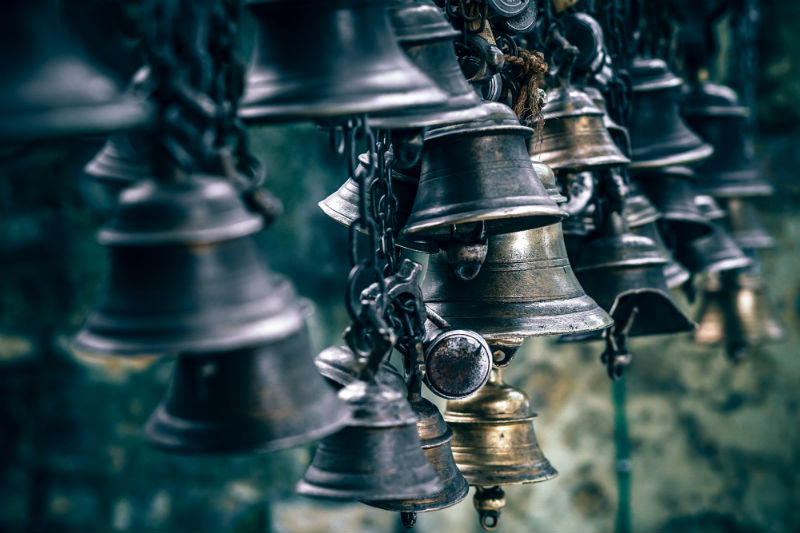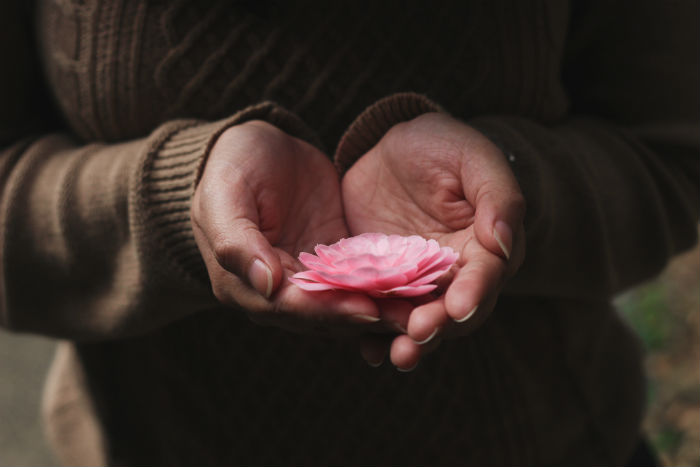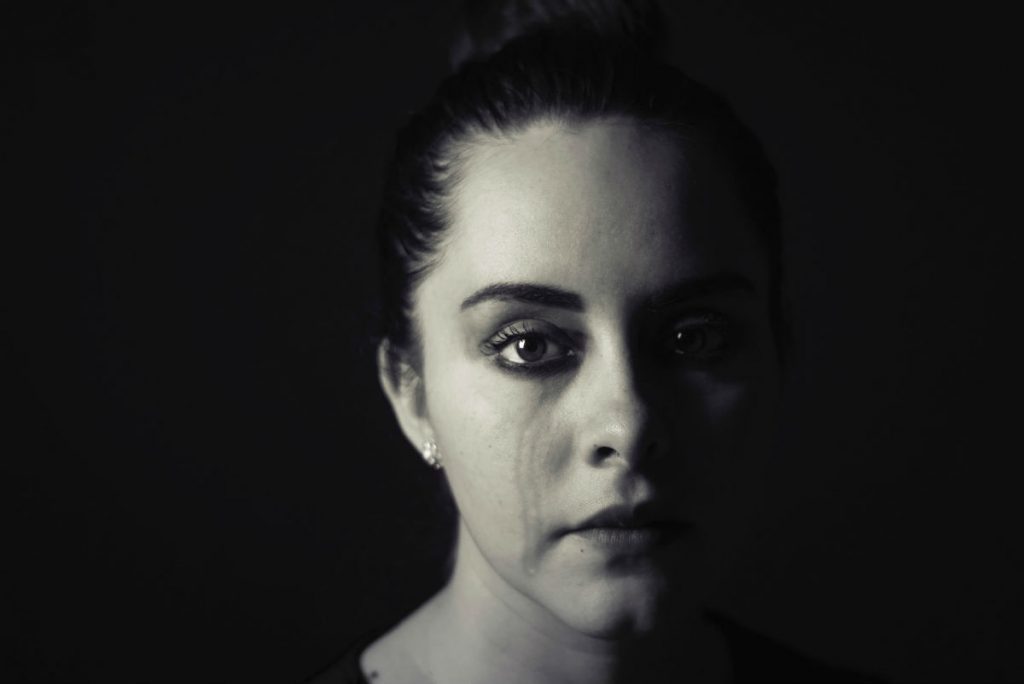
With his amazing gift for communicating the Buddhist teachings in a clear and accessible way, Sogyal Rinpoche has become one of the most well known and sought after spiritual teachers in the world today. His book, The Tibetan Book of Living and Dying, published in 1992, has touched hundreds of thousands of people, and remains popular even now, more than 25 years later.
Rinpoche’s unique, experiential way of teaching, which often gives people a profound personal experience of the awakened state, has attracted thousands of devoted students, who regularly attend retreats and support his work at centers around the globe.
As a student for more than 25 years myself, I’m deeply grateful for all I’ve received from Sogyal Rinpoche – amazing teachings that clearly explain the Buddhist path, the chance to meet many holy beings, and personal glimpses of awakening that showed me the possibility of enlightenment.
Given Sogyal Rinpoche’s remarkable contributions and the benefits that so many people feel, I can understand why many Rigpa students cannot comprehend how others have felt harmed by personal interactions with him.
Please know, I’m not trying to detract from Sogyal Rinpoche’s greatness, but without taking an honest look at how the experience of abuse has happened in our community, it will be difficult to prevent such incidents in the future.
In this spirit, I’d like to share from my own personal experience to show how student-teacher interactions, even those that may have been meant as helpful, can be experienced as harmful.
Read More
 Where are things at with the complaints against Sogyal Rinpoche?
Where are things at with the complaints against Sogyal Rinpoche?
 Recently published, The Life and Times of Jamyang Khyentse Chökyi Lodrö recounts many dreams and visions of this exceptional 19th-20th century Tibetan Buddhist master, including this one concerning Sogyal Lakar (Sogyal Rinpoche), who he watched over as a child.
Recently published, The Life and Times of Jamyang Khyentse Chökyi Lodrö recounts many dreams and visions of this exceptional 19th-20th century Tibetan Buddhist master, including this one concerning Sogyal Lakar (Sogyal Rinpoche), who he watched over as a child. We’re so saddened to hear about Sogyal Rinpoche’s colon cancer and wish him a swift and complete recovery.
We’re so saddened to hear about Sogyal Rinpoche’s colon cancer and wish him a swift and complete recovery. As a result of the allegations of abuse made against Sogyal Rinpoche by eight long-time students on July 14, 2017, many individuals within the Rigpa community have engaged in deep reflection and heart-felt discussion.
As a result of the allegations of abuse made against Sogyal Rinpoche by eight long-time students on July 14, 2017, many individuals within the Rigpa community have engaged in deep reflection and heart-felt discussion. Public allegations of physical and sexual abuse by Sogyal Rinpoche have been made regularly over the course of his 40-year teaching career.
Public allegations of physical and sexual abuse by Sogyal Rinpoche have been made regularly over the course of his 40-year teaching career.
 A crisis, like the allegations of abuse in Rigpa, can unleash a torrent of afflictive emotions: blame, judgment, anger, despair, fear — to name just a few. People take sides and attack the other side. People get stuck in their positions and lose the ability to hear one another.
A crisis, like the allegations of abuse in Rigpa, can unleash a torrent of afflictive emotions: blame, judgment, anger, despair, fear — to name just a few. People take sides and attack the other side. People get stuck in their positions and lose the ability to hear one another.